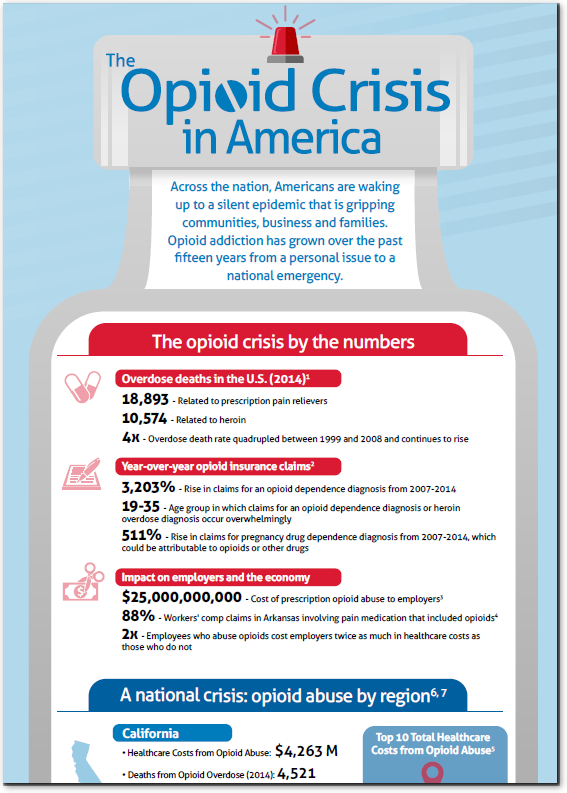Magellan’s Role on the National Quality Forum’s Medicaid Innovation Accelerator Project Coordinating Committee
When I was selected to join the National Quality Forum’s Medicaid Innovation Accelerator Project Coordinating Committee, I thought about the background and experiences I would bring with me – both personally and professionally. As a trained pediatrician, my medical training focused largely on the care and treatment of young children. According to the Centers for Medicare & Medicaid Services (CMS), more than 45.2 million children were “ever-enrolled”1 in Medicaid and the Children’s Health Insurance Program (CHIP) during fiscal year 2015. In addition, in the time since I was in practice, I’ve worked for several national healthcare companies, with a focus on population health, clinical delivery systems delivery and improvement.
Since joining Magellan as the company’s chief medical officer, I’ve worked with my colleagues to help continually looks for ways to reinvent how care is delivered. I am passionate about supporting the volume-to-value payment transformation, and Magellan has a key role to play because of the deep expertise we bring in behavioral health. Oftentimes, we don’t realize how specialized and important that expertise is, and how it impacts the overall quality of care for a patient, particularly with comorbid conditions. Magellan is also considered a trusted partner because we are an independent company and not part of a big health plan. In addition, we also bring a breadth of experience in medical specialty, medical pharmacy and long-term services and supports (LTSS) which is not found in most other organizations.
NQF’s Medicaid Innovation Accelerator Project (IAP) Coordinating Committee is tasked with identifying and recommending measures in four priority areas to help support states’ efforts related to payment and delivery system reforms.
The four priority areas are:
- Reducing Substance Use Disorders (SUD)
- Improving Care for Medicaid Beneficiaries with Complex Care Needs and High Costs (BCN)
- Promoting Community Integration – Community-Based Long-Term Services and Supports (CI-LTSS)
- Supporting Physical and Mental Health Integration (PMH)
The challenges – and opportunities – are many. Medicaid behavioral health does not currently have standard benefit packages from state-to-state, and there are also not standard billing practices. Both of those elements make it much harder to develop metrics which are reliable, and more technical expertise is needed to ensure that the metrics selected can be broadly used. Ultimately, this committee will provide guidance on performance measures for areas which are unique to Medicaid, including patients with complex health needs, LTSS needs and those with behavioral health and substance use/opioid disorders. The states will then have a list of standardized measures for use in Medicaid performance program evaluation.
All of the committee’s meetings are open to the public. The IAP will issue its draft report in July, and its final report at the end of September. I look forward to working with my committee colleagues as we work to draft these important metrics related to state’s efforts regarding payment and delivery system reforms.
1These enrollment data are unduplicated counts of children who were enrolled in Medicaid and CHIP at any point in FFY 2015. A child who was enrolled in more than one program (e.g., Separate CHIP and Medicaid) at different times during the FFY is only counted in the program in which he or she was last enrolled.
